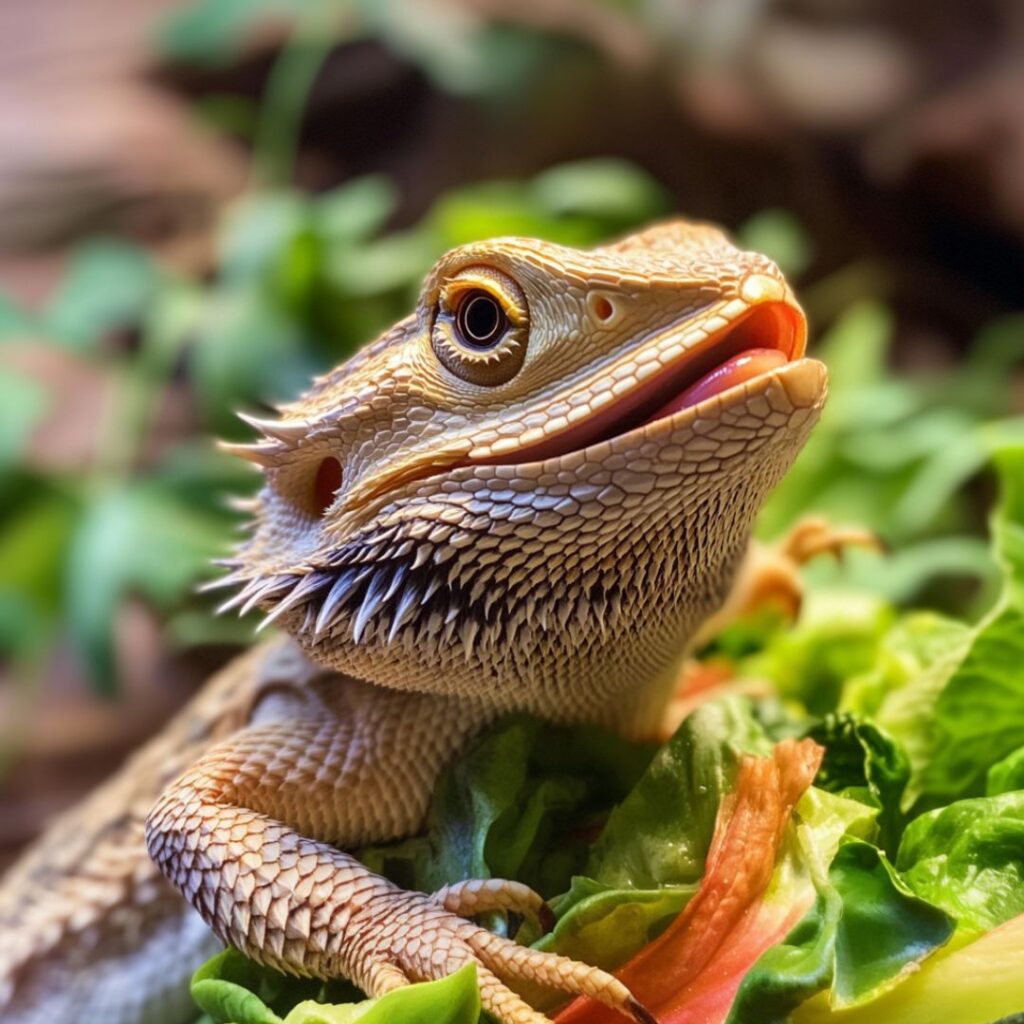
Thinking about a pet that’s just a little more…scaly? Reptiles make for fascinating, low-maintenance pets for those wanting something different, but they are decidedly not always the easiest animals to care for. Some species require very specific habitats, special diets, or lots of handling experience. If one is a first-time reptile owner, then choosing a species suitable for beginners can make the biggest difference in how much fun, and stress-free, this new pet journey will be.
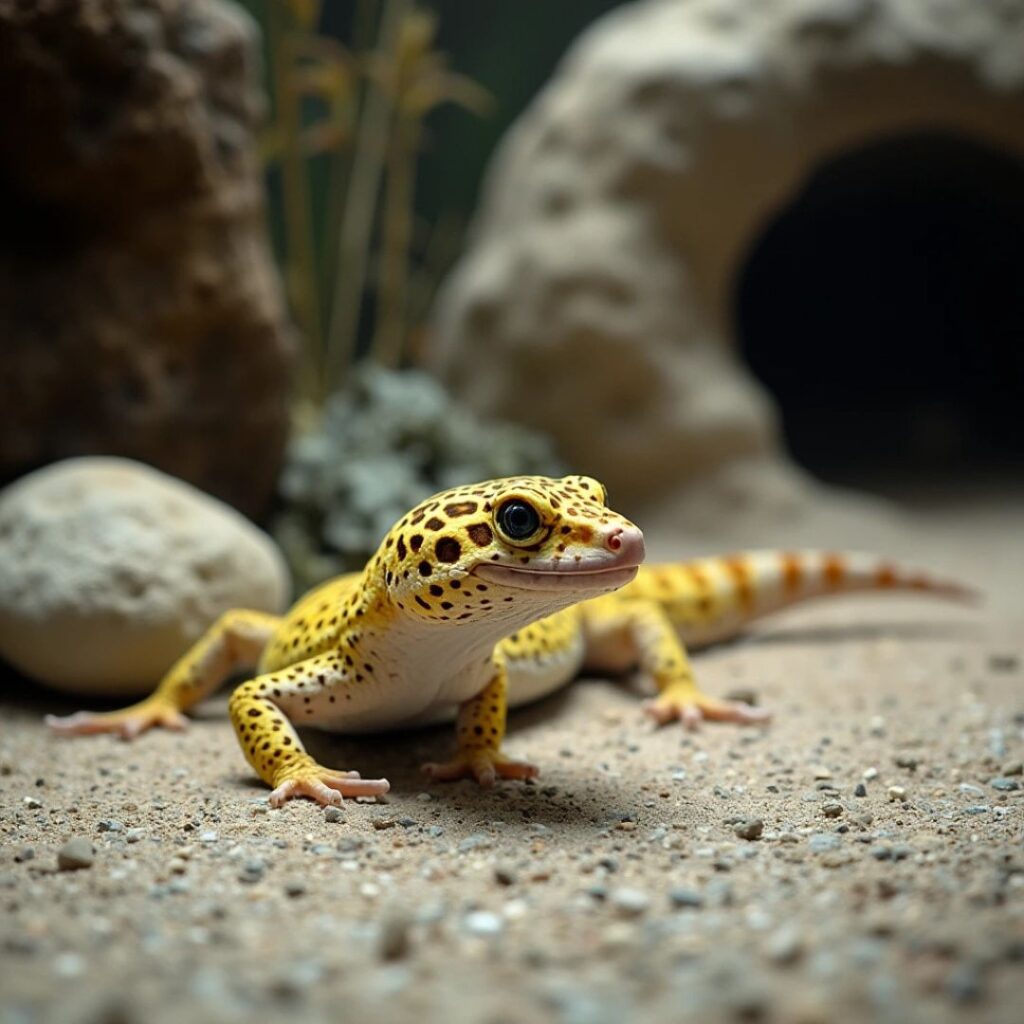
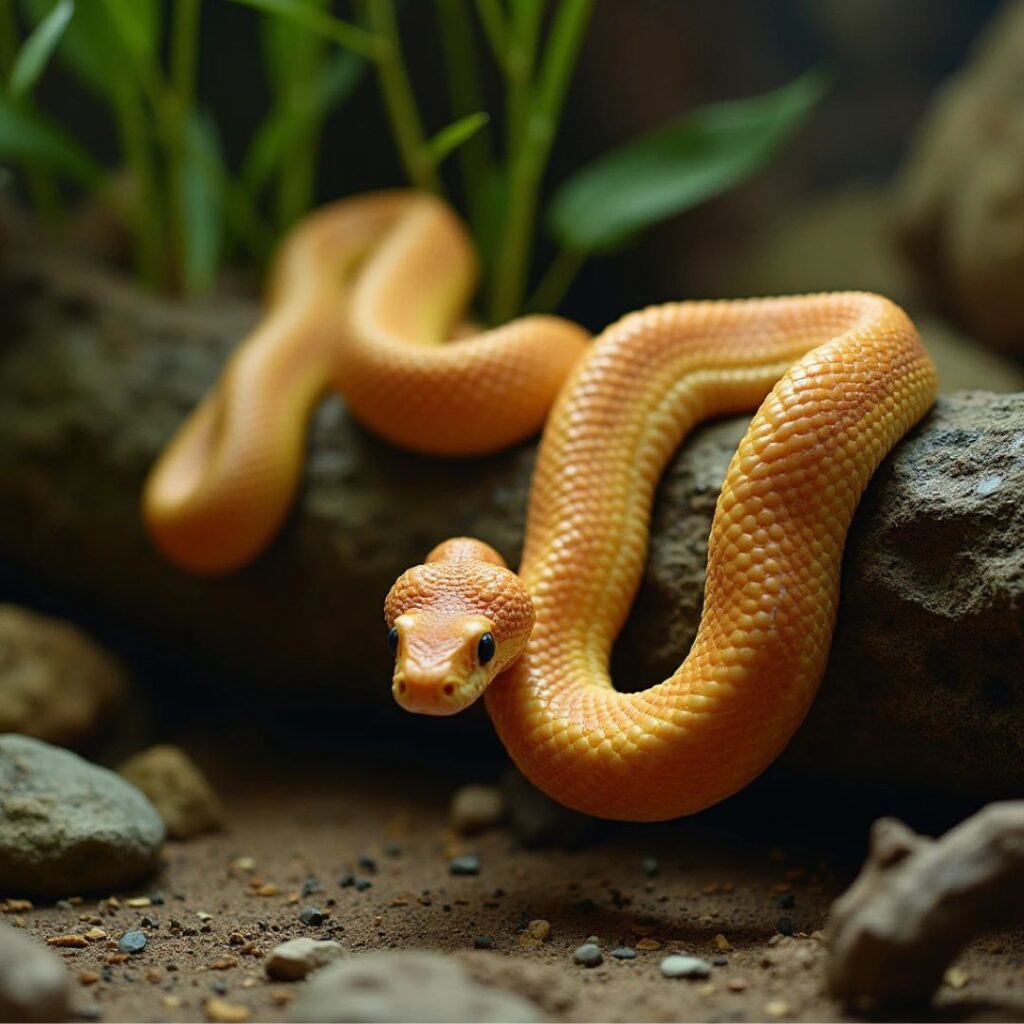
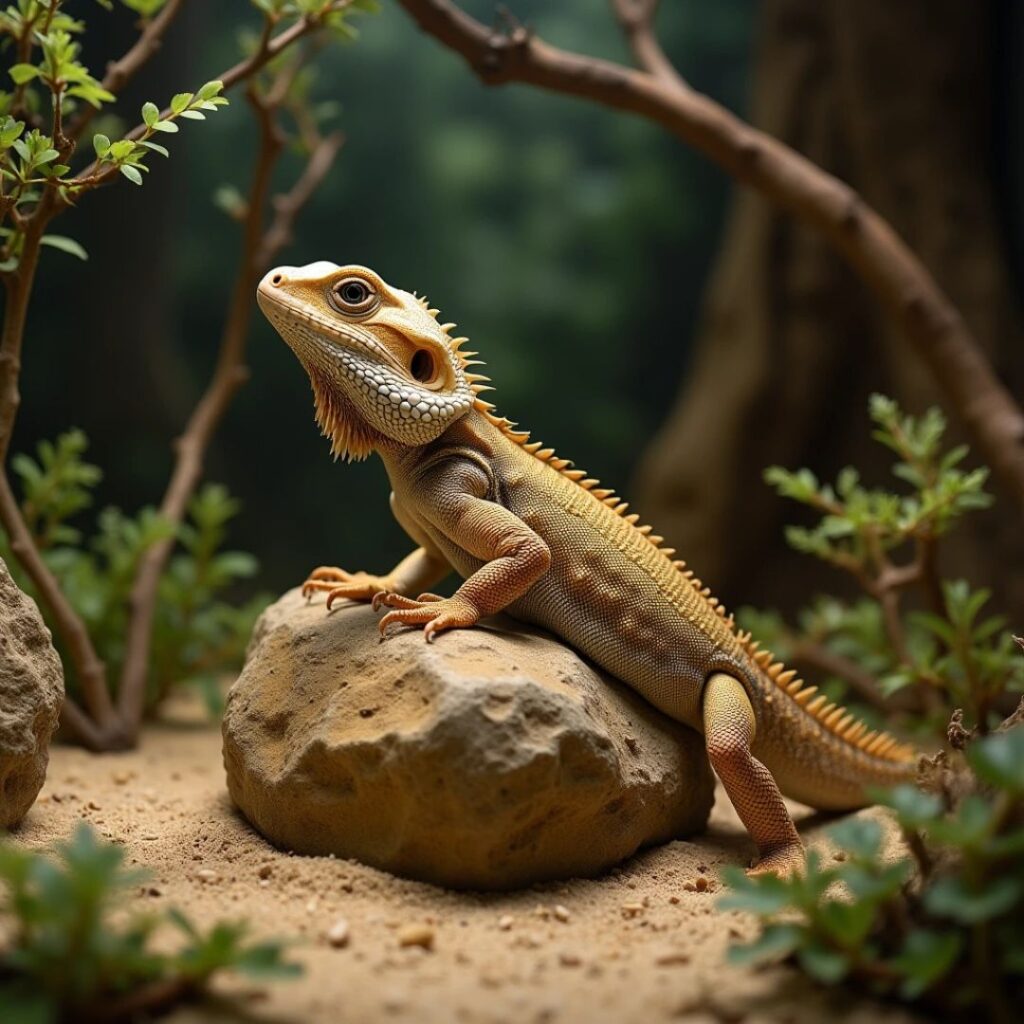
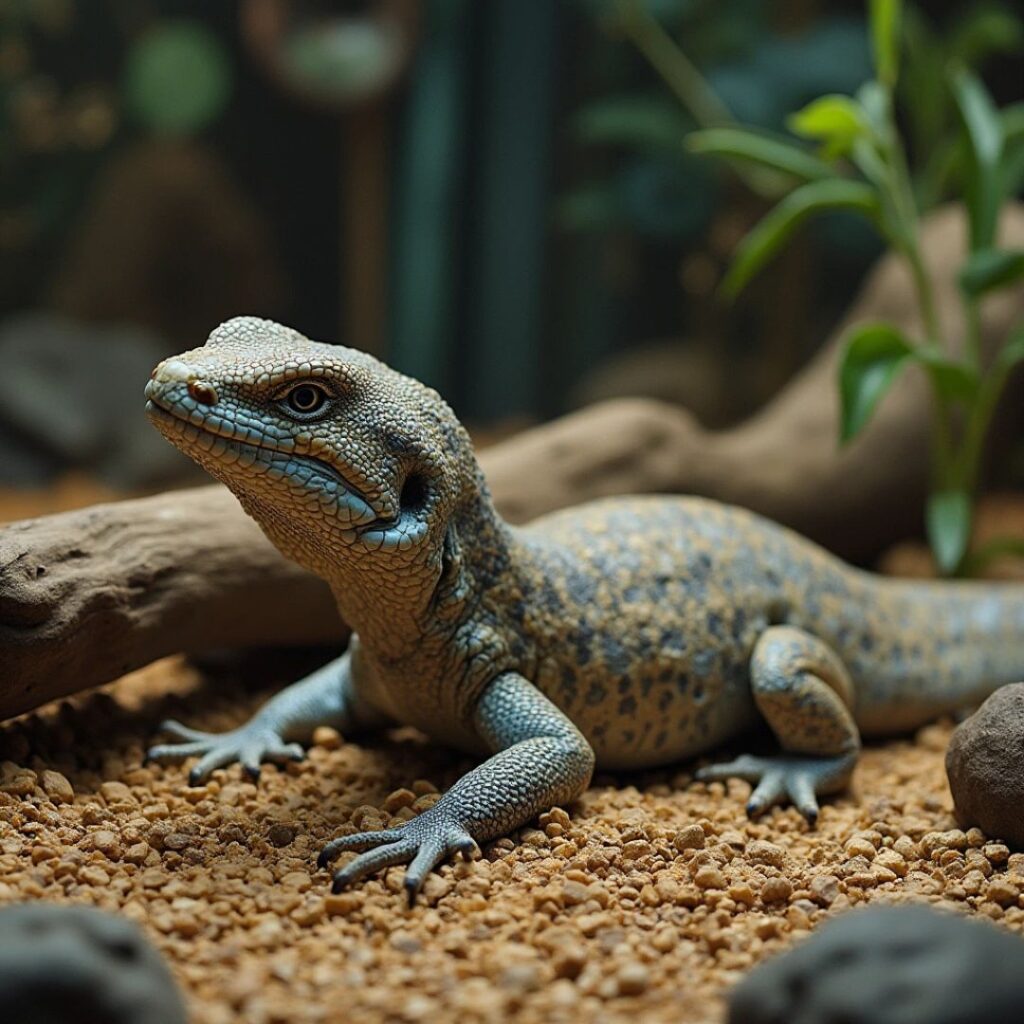
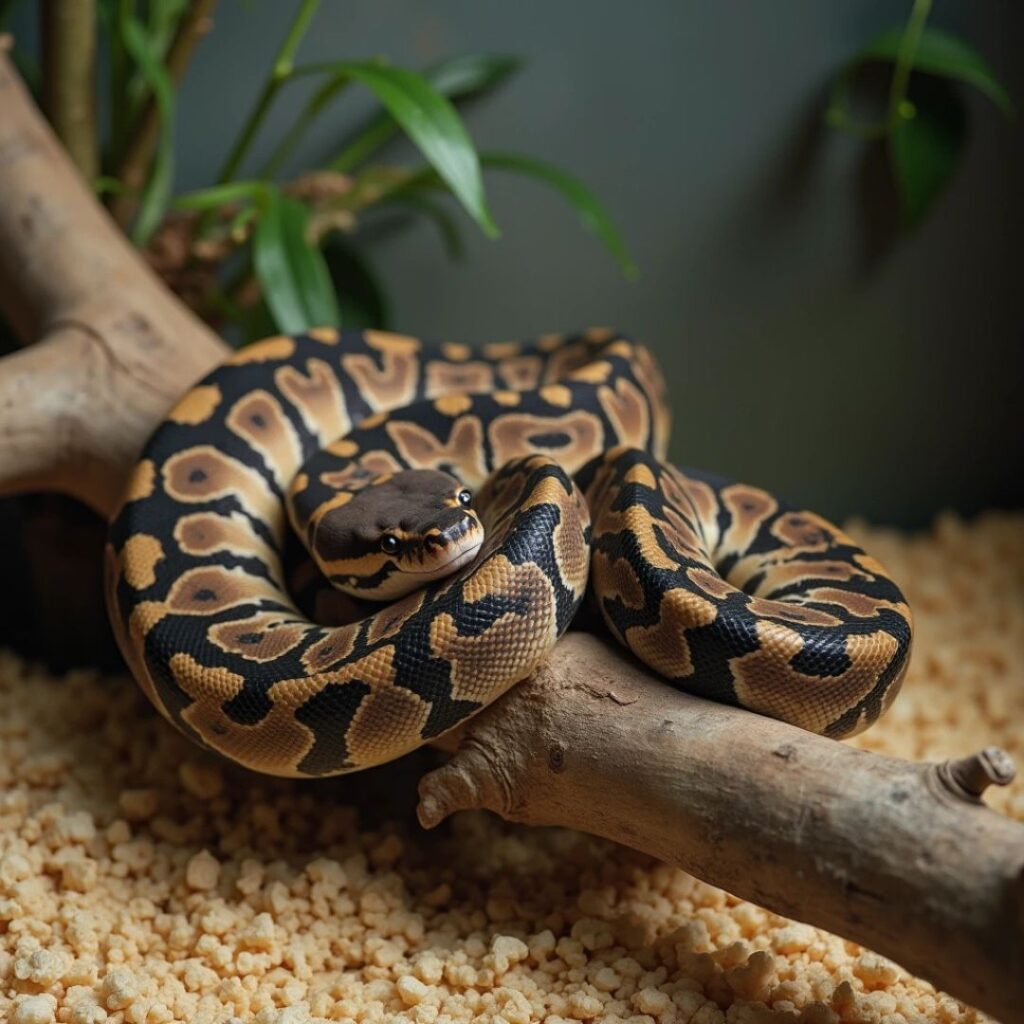
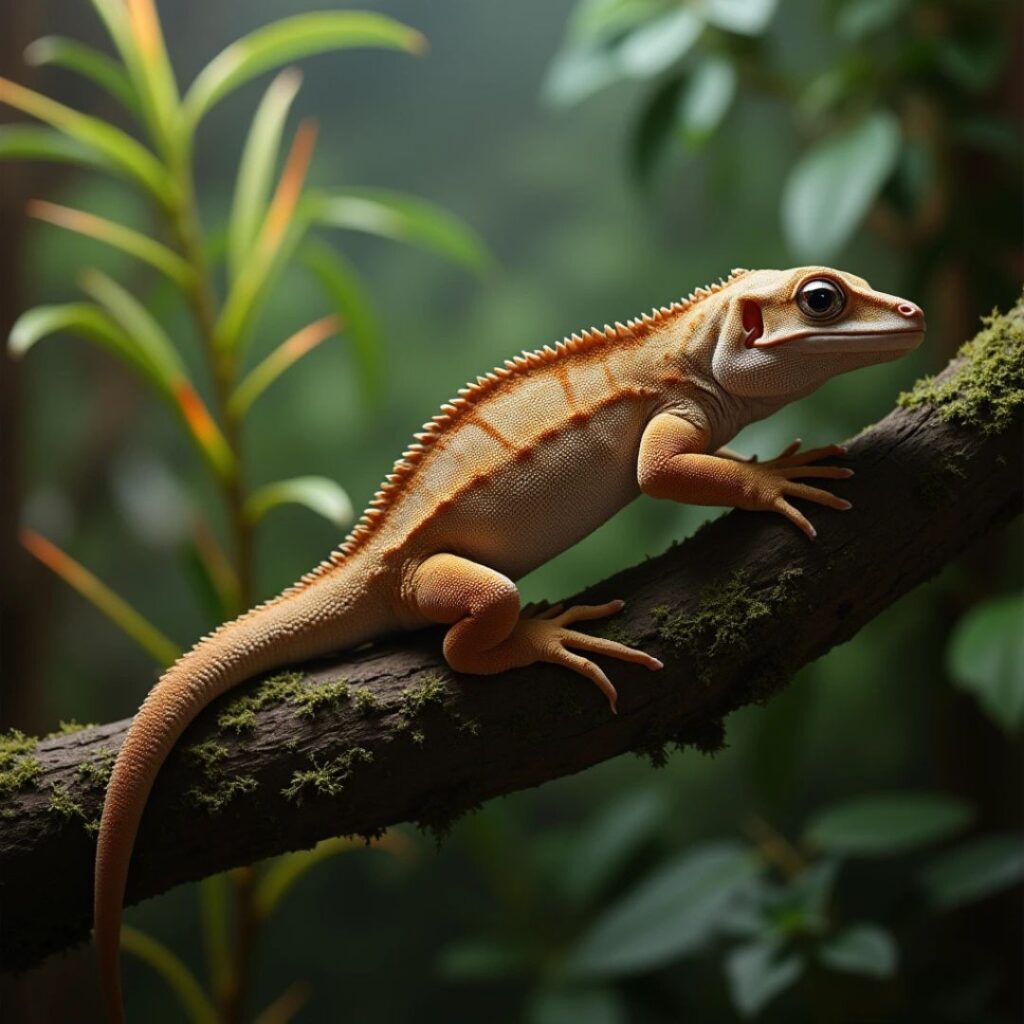
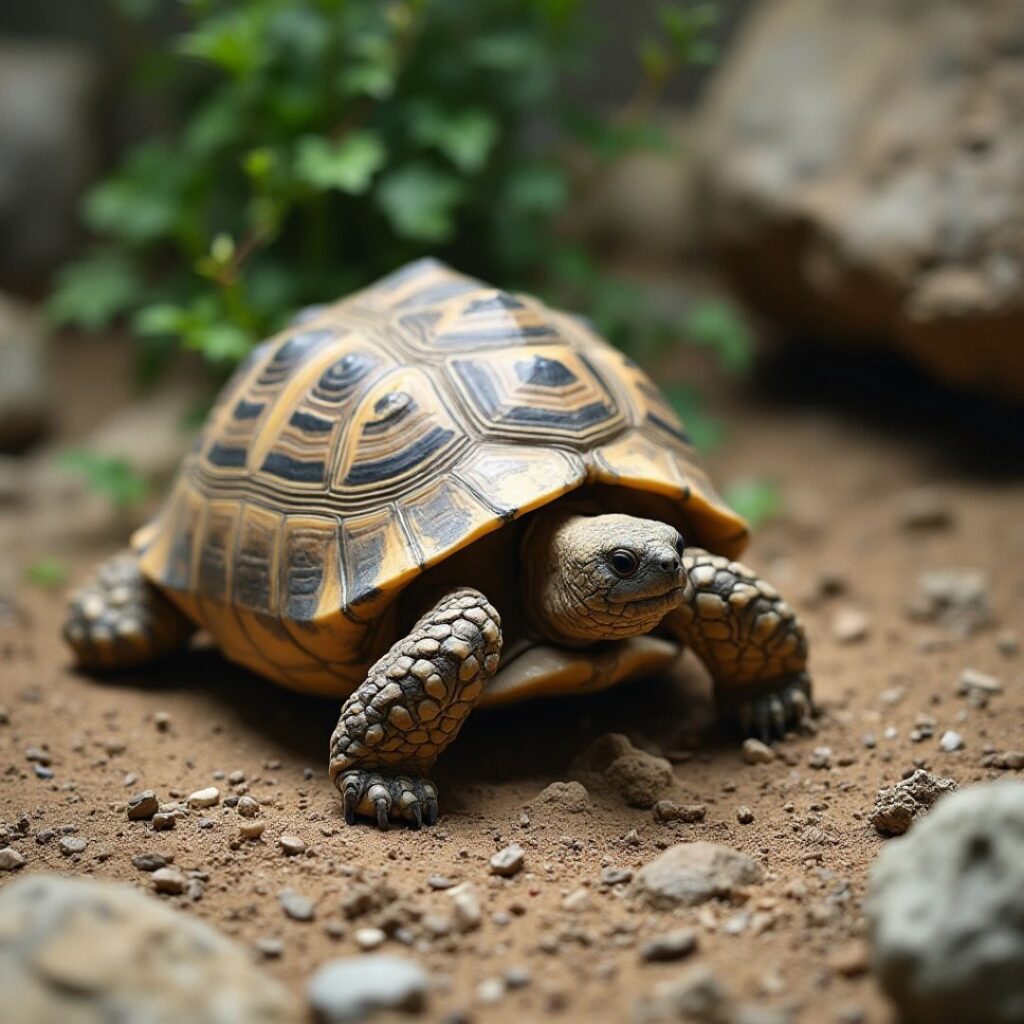
Choosing your first reptile is an exciting process! Whether you’re drawn to a friendly bearded dragon, a curious blue-tongue skink, or even a classic ball python, each one of these reptiles offers a unique experience for the beginning hobbyist.
Sign up for our newsletter and receive the next story before it is lunched
Our blog is made with love to give you advice on how to take care of your beloved pets and to help you learn everything about their stories